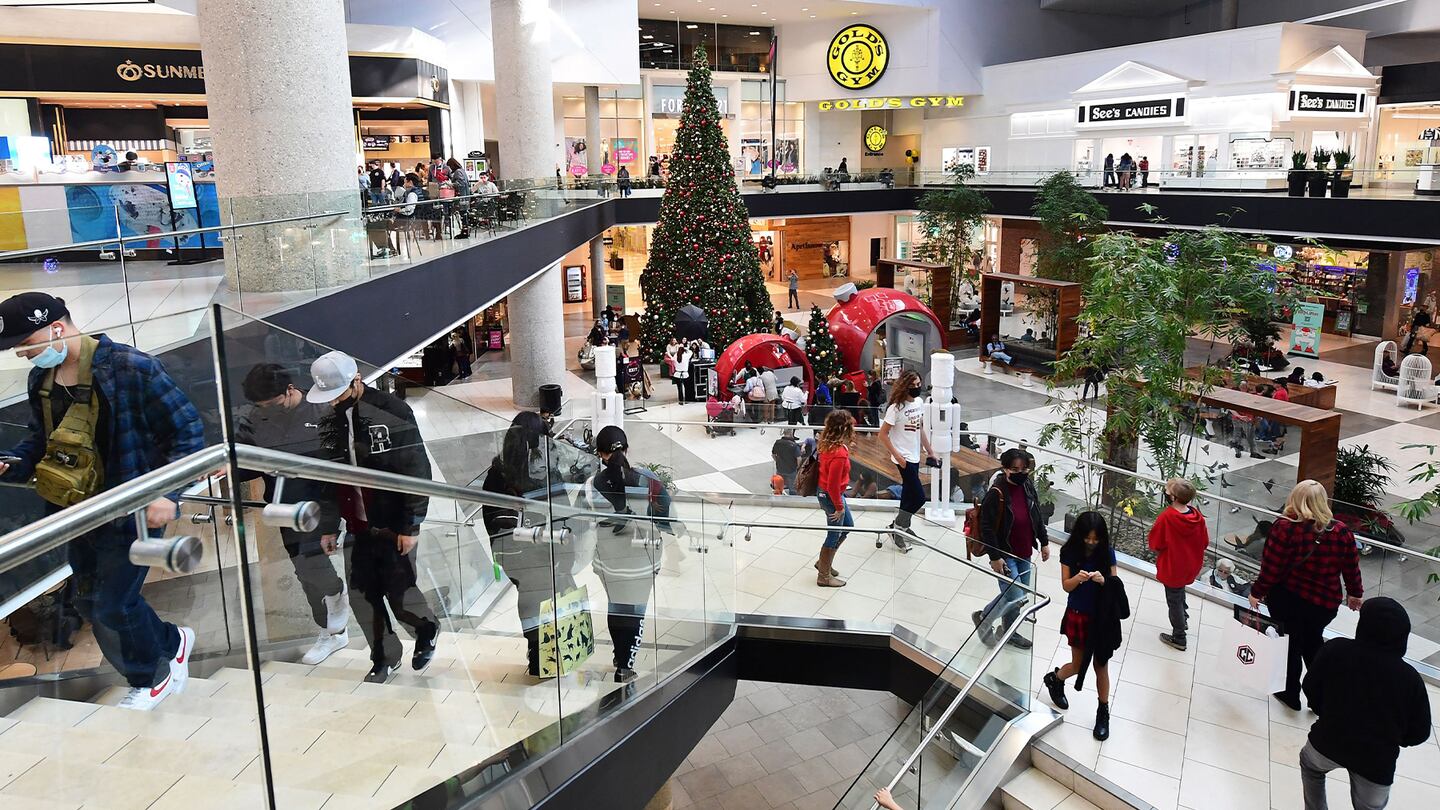
The Business of Fashion
Agenda-setting intelligence, analysis and advice for the global fashion community.

Agenda-setting intelligence, analysis and advice for the global fashion community.

We already know the fashion industry had a stellar holiday season. US retail sales between Nov. 1 and Dec. 24 jumped 8.5 percent over a year ago, according to Mastercard, and shopping centres saw plenty of foot traffic even amid the latest Covid surge. Government data has been less rosy, with November retail sales coming in below forecasts and showing inflation to be more of a drag on consumer sentiment. But when brands start disclosing fourth-quarter results later this month, they’ll likely have plenty of good news to report.
The question now is whether shoppers will keep spending into the new year. Economic growth is strong, and companies are still pushing global supply chains to their limit as they anticipate robust demand for their products. Omicron hasn’t changed that trajectory. Inflation might though, as could the expiration of expanded child tax credits in the US, one of the last remaining pandemic stimulus measures.
The Bottom Line: Another data point to watch out for in the coming weeks is how many holiday purchases get returned. Between higher sales and the rapid move to online shopping during the pandemic, retailers are about to face a big test of their reverse logistics capabilities.
Rolling Up the Red Carpet
ADVERTISEMENT
Here we go again. For a third year running, Covid-19 is wreaking havoc on awards season, frustrating celebrities, stylists and luxury brands that once relied on the calendar of red carpet events for a carefully choreographed series of publicity pops. The Critics Choice Awards, which itself was angling to replace the disgraced Golden Globes as the big pre-Oscar fete, postponed plans for an in-person gala in December. The decision, made toward the start of the Omicron variant’s spread, now looks prescient; the Grammys’ organisers said they would move their show last week, and others will no doubt follow.
The Bottom Line: By now, brands have learned to cope with the once-unthinkable cancellation and postponement of major events like the Grammys and Oscars. There’s little they can do other than wait out the latest wave and put a little more money into Instagram, fashion week or outdoor events this summer. And if that’s not enough, well, there’s always next year.
The Fate of Fashion Week
The industry may have learned to cope with cancelled red carpets, but the constant uncertainty around the fashion calendar carries a bigger sting. After a relatively by-the-books September, the Omicron variant has thrown plans for January and February shows into flux. For now, most brands seem intent on ploughing ahead with in-person runways. If they do, those plans will likely include stiffened mask, vaccine and capacity policies, and fewer parties and events outside the shows themselves. On Thursday, for instance, the Paris Haute Couture federation moved its Sidaction benefit gala to July.
The Bottom Line: If the shows do go on, who will be in the audience? The UK, US, France and Italy allow most vaccinated international visitors, but some buyers and editors have already said they don’t think fashion week is worth the risk as long as Omicron is running rampant. That may be a bigger factor in convincing some brands to pull the plug.
The Week Ahead wants to hear from you! Send tips, suggestions, complaints and compliments to brian.baskin@businessoffashion.com.
As the German sportswear giant taps surging demand for its Samba and Gazelle sneakers, it’s also taking steps to spread its bets ahead of peak interest.
A profitable, multi-trillion dollar fashion industry populated with brands that generate minimal economic and environmental waste is within our reach, argues Lawrence Lenihan.
RFID technology has made self-checkout far more efficient than traditional scanning kiosks at retailers like Zara and Uniqlo, but the industry at large hesitates to fully embrace the innovation over concerns of theft and customer engagement.
The company has continued to struggle with growing “at scale” and issued a warning in February that revenue may not start increasing again until the fourth quarter.